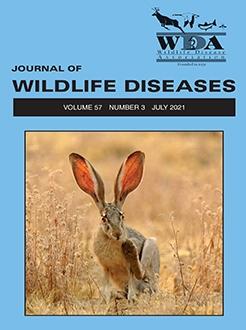The variable response of wild mice to Yersinia pestis infection, the causative agent of plague, has generated much speculation concerning their role in the ecology of this potentially lethal disease. Researchers have questioned the means by which Y. pestis is maintained in nature and also sought methods for managing the disease. Here we assessed the efficacy of a new tool, the sylvatic plague vaccine (SPV), in wild-caught northern grasshopper mice (Onychomys leucogaster) and commercially acquired Sonoran deer mice (Peromyscus maniculatus sonoriensis). More than 40% of the animals survived a subcutaneous Y. pestis challenge of 175,000 colony forming units (over 30,000 times the white mouse 50% lethal dose) in both vaccine-treated and control groups. Our results indicate that SPV distribution is unlikely to protect adult mice from plague infection in field settings and corroborate the heterogeneous response to Y. pestis infection in mice reported by others.
How to translate text using browser tools
5 July 2021
Moderate Susceptibility to Subcutaneous Plague (Yersinia pestis) Challenge in Vaccine-Treated and Untreated Sonoran Deer Mice (Peromyscus maniculatus sonoriensis) and Northern Grasshopper Mice (Onychomys leucogaster)
Gebbiena M. Bron,
Susan R. Smith,
Judy D. Williamson,
Daniel W. Tripp,
Tonie E. Rocke
ACCESS THE FULL ARTICLE

Journal of Wildlife Diseases
Vol. 57 • No. 3
July 2021
Vol. 57 • No. 3
July 2021
Onychomys leucogaster
Peromyscus maniculatus
sylvatic plague vaccine
Yersinia pestis




